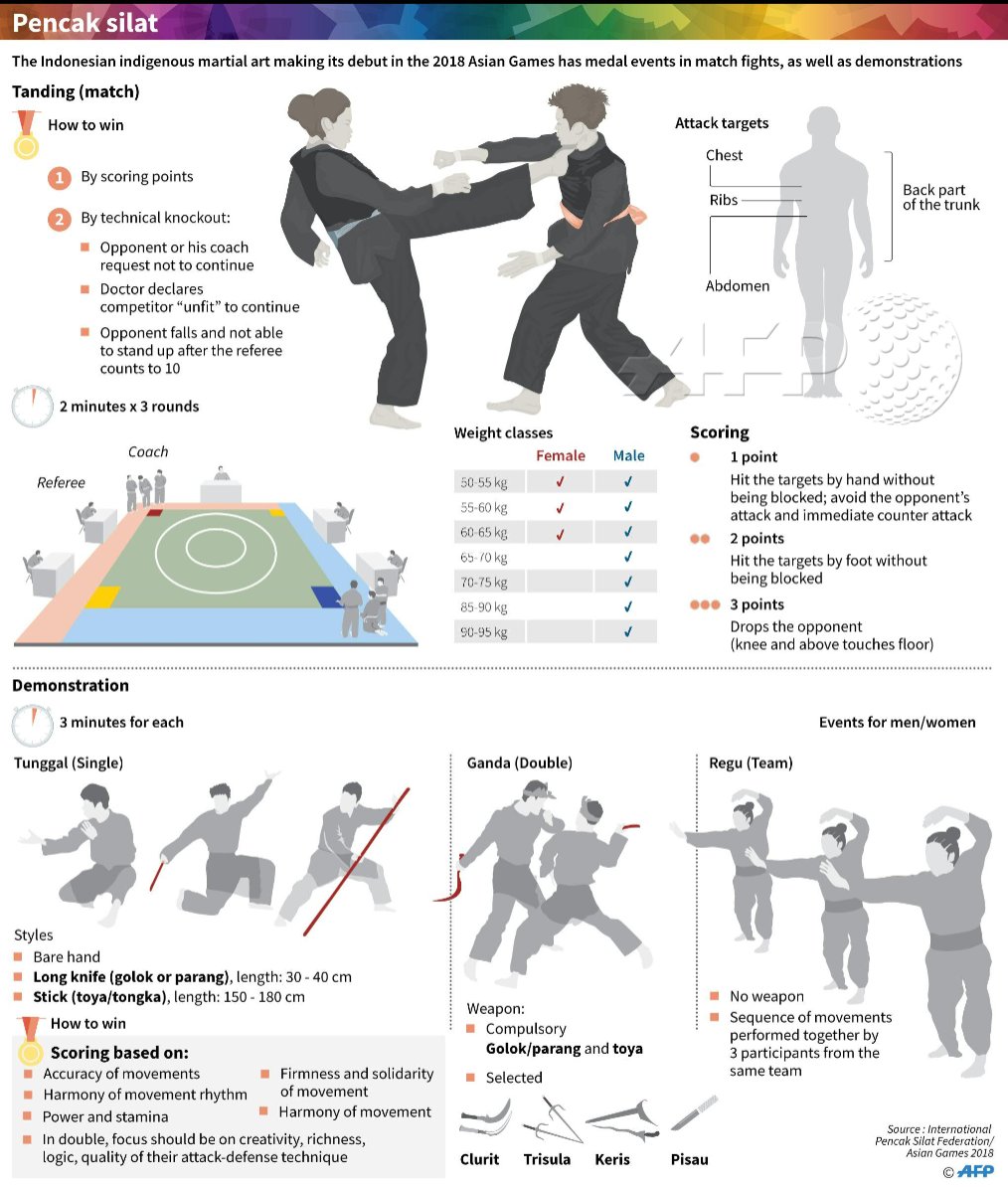Embark On A Thrilling Adventure Through The World Of Martial Arts
Embark On A Thrilling Adventure Through The World Of Martial Arts
Blog Article
Personnel Writer-Rafferty Martin
Step into the ancient globe where martial arts were born out of necessity in varied areas. Cultures crafted unique combating designs intertwined with historic contexts. Techniques progressed over centuries through dedicated method and social exchanges. Today, modern martial arts blend traditional aspects for optimal effectiveness. Philosophically, martial arts highlight technique, self-improvement, and harmony. Respect, humbleness, and equilibrium are fundamental principles directing specialists in the direction of development and strength. Explore the depths of this abundant history and viewpoint to uncover the extensive influences forming this enduring technique.
Beginnings of Martial Arts
Fighting style came from different areas worldwide, advancing as practical combat systems to prevent hazards. These old combating designs were established out of necessity, with each culture crafting methods suited to their special environments and obstacles. From the grappling arts of Jujutsu in Japan to the striking strategies of Martial art in China, martial arts were deeply linked with the historical, social, and social textile of their corresponding cultures.
In Japan, the samurai class refined martial arts like Kenjutsu, the art of the sword, which later on developed right into the much more promoted form of Kendo. At the same time, in Brazil, Capoeira emerged as a blend of dancing and fight, developed by enslaved Africans as a way to resist oppression. read review brings with it an abundant background and philosophy, reflecting the values and ideas of individuals who practiced them.
As you explore the origins of martial arts, you reveal a tapestry of human ingenuity, resilience, and the stubborn spirit of warriors throughout time.
Development of Techniques
With centuries of method and improvement, fight methods within various martial arts have actually undertaken a profound development. From ancient styles like Kung Fu and Karate to extra modern-day techniques such as Brazilian Jiu-Jitsu and Krav Maga, the development of techniques has actually been driven by a mix of cultural impacts, sensible applications, and technological improvements.
One significant facet of this evolution is the cross-pollination of strategies between different martial arts. For example, techniques from typical Japanese Jiu-Jitsu were integrated into the creation of Judo by Jigoro Kano in the late 19th century. This blending of styles has brought about the development of hybrid martial arts like Mixed Martial Arts (MIXED MARTIAL ARTS), which incorporate components of striking, grappling, and submission strategies.
In addition, the evolution of methods has been shaped by the increasing focus on efficiency and efficiency in fight. Practitioners have continually sought to fine-tune their methods with extensive training, testing, and competitors, resulting in the advancement of extremely specialized and efficient fighting styles. In general, the advancement of techniques in martial arts reflects the dynamic nature of battle and the ongoing mission for renovation and development.
Philosophical Structures
Discovering the underlying philosophical concepts of martial arts supplies insight into their core values and assisting beliefs. At the heart of several martial arts techniques is the idea of technique itself. By educating your body and mind to act as one natural device, you grow self-control that expands past the dojo or gym into daily life. This discipline includes regard, humility, and self-discipline, forming not simply your physical capacities yet also your character.
An additional basic thoughtful structure in martial arts is the concept of continual self-improvement. https://docs.google.com/spreadsheets/d/1CjQfbyudt4LScHzgV7OuIFhzP2dQtfMPhxI5bW9mshg/edit?usp=drive_link of understanding a fighting style is perpetual, with specialists constantly making every effort to better themselves, both literally and psychologically. This concentrate on growth promotes strength, determination, and a development way of thinking that can be applied to all aspects of life.
Furthermore, martial arts highlight the importance of consistency and equilibrium. Methods are made to make use of an opponent's energy versus them, highlighting the principle of yielding and rerouting force as opposed to meeting it head-on. This approach extends to social connections, advertising relaxed resolutions and mutual understanding. By welcoming these thoughtful structures, martial musicians not only improve their fight abilities yet likewise grow a lifestyle fixated personal growth, respect, and harmony.
Conclusion
In conclusion, the background and philosophy of martial arts offer a rich tapestry of practice, technique, and self-improvement.
Consider instance the tale of Bruce Lee, who revolutionized martial arts by mixing different styles and viewpoints to develop his own special form of Jeet Kune Do.
Via devotion and technology, martial artists remain to press boundaries and inspire others to reach their full possibility both in battle and in life.
